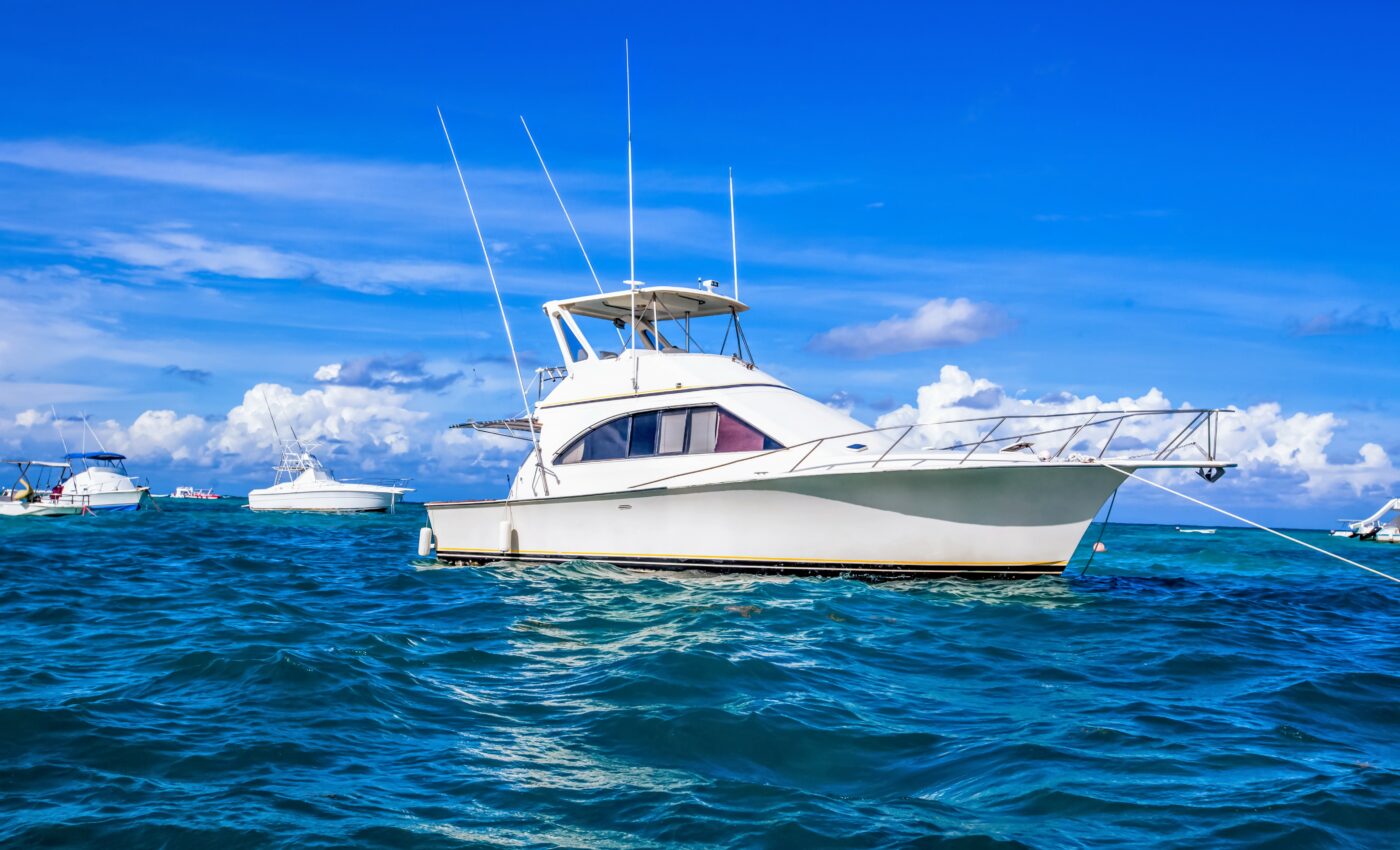
Paint flakes are surprisingly abundant in the North Atlantic
Oceans play a significant role in protecting biodiversity as they provide valuable resources, absorb oxygen, and control the weather. Ocean pollution is an increasing threat to these marine ecosystem services. A surprising new study from the University of Plymouth and the Marine Biological Association (MBA) suggests that paint flakes could be one of the most abundant types of microplastic particles in the ocean.
The two organizations have partnered on multiple projects related to ocean plastics over the past two decades. One such study, published in 2019, revealed that the concentration of plastics in the open oceans has increased significantly since the late 1950s.
According to scientists, paint flakes are the second most abundant waste material in the oceans after microplastic fibers. The concentration of microplastic fibers is estimated to be around 0.16 particles per m3.
The scientists conducted a spectrum of surveys across the North Atlantic Ocean and found that an average of 0.01 paint flakes was present in each cubic metre of seawater.
MBA’s Continuous Plankton Recorder (CPR) was used to collect data for the study. The recorder was fitted with silk meshes and towed in surface waters comparable to the spaces occupied by marine mammals. The CPR collected seawater samples from the Arctic Ocean to Spain, and from the eastern United States to Sweden in 2018
More than 3600 samples were collected during the study. About 2.8 percent (102 samples) contained flakes in all the silks analysed. During the same period, 48.8 percent (1,763) of the silks contained fibers or strands in them.
The results indicated that the density of paint flake distribution was higher in the shelf seas of northwest Europe in comparison to the open or more remote ocean environments.
“We now know that plastics are everywhere, and that most organisms are likely ingesting them, however there is less known about how harmful this ingestion might be. This study has highlighted that paint flakes are an abundant form of microplastic that should not be overlooked, particularly as some may have toxic properties.” said study co-author Dr Clare Ostle, the coordinator of the Pacific Continuous Plankton Recorder (CPR) Survey.
The researchers conducted a detailed chemical analysis of sample flake particles collected during the surveying X-ray fluorescence (XRF) spectrometry in university labs. The results recorded significant quantities of pollutants such as copper, lead, zinc and iron. These results were consistent with the chemical composition of paints found on the hulls and components of ships deployed in the Atlantic region.
The additives used to enhance the antifouling and anti-corrosive properties of paints might have caused an increase in the level of concentration of these pollutants. According to the authors, the presence of these pollutants could pose a threat to ocean ecosystems.
“Paint particles have often been an overlooked component of marine microplastics but this study shows that they are relatively abundant in the ocean. The presence of toxic metals like lead and copper pose additional risks to wildlife.” said study lead author Dr Andrew Turner, an associate professor (Reader) in Environmental Sciences at the University of Plymouth.
The study was published in the journal Science of the Total Environment.
—
By Ashikha Raoof, Earth.com Staff Writer













